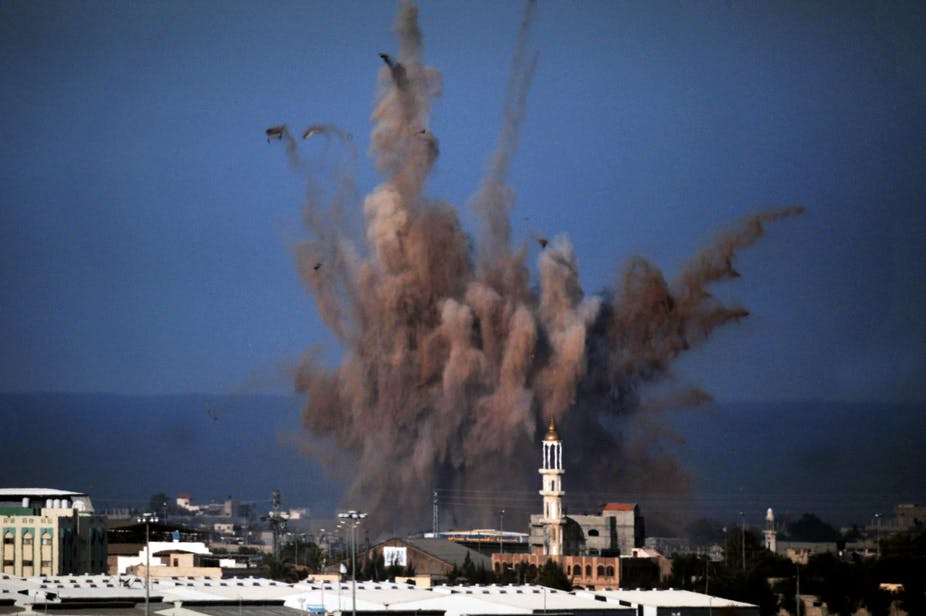A place of spacious dimensions, and large population, with fine bazaars. It contains numerous mosques, and there is no wall around it.
To the modern reader, this is perhaps one of the more striking descriptions the medieval Moroccan traveller, Ibn Battutah, offered of the places he visited. Not because it contains anything shocking, but because of the town it portrays: Gaza.
For the city, and the war-torn strip of coastal land with which it shares a name, are today defined principally by the walls around it. Gaza has been held under siege for the best part of the last decade, since Hamas came to power in the territory.
Recent political developments, in the form of a unity government, mean that there may be more future movement through the southern border, with Egypt. Still, Gaza remains fenced in to the north and east by the Israeli Army, which vastly outguns any enemies it has in the territory. To the west lies the Mediterranean. Some shores of that sea are famous for tourism; stretches of its eastern edge are more readily associated with armed conflict, human suffering and wasted potential. Gaza definitely falls, along with Syria, into the latter category.
Without the beaches, life in Gaza would surely be immeasurably worse. The currents there make swimming hazardous; winter storms can be surprisingly violent. Yet the sky and the waves offer some relief in the form of light and air to a place where life can seem suffocating.
Read the full article by James Rodgers at The Conversation.

